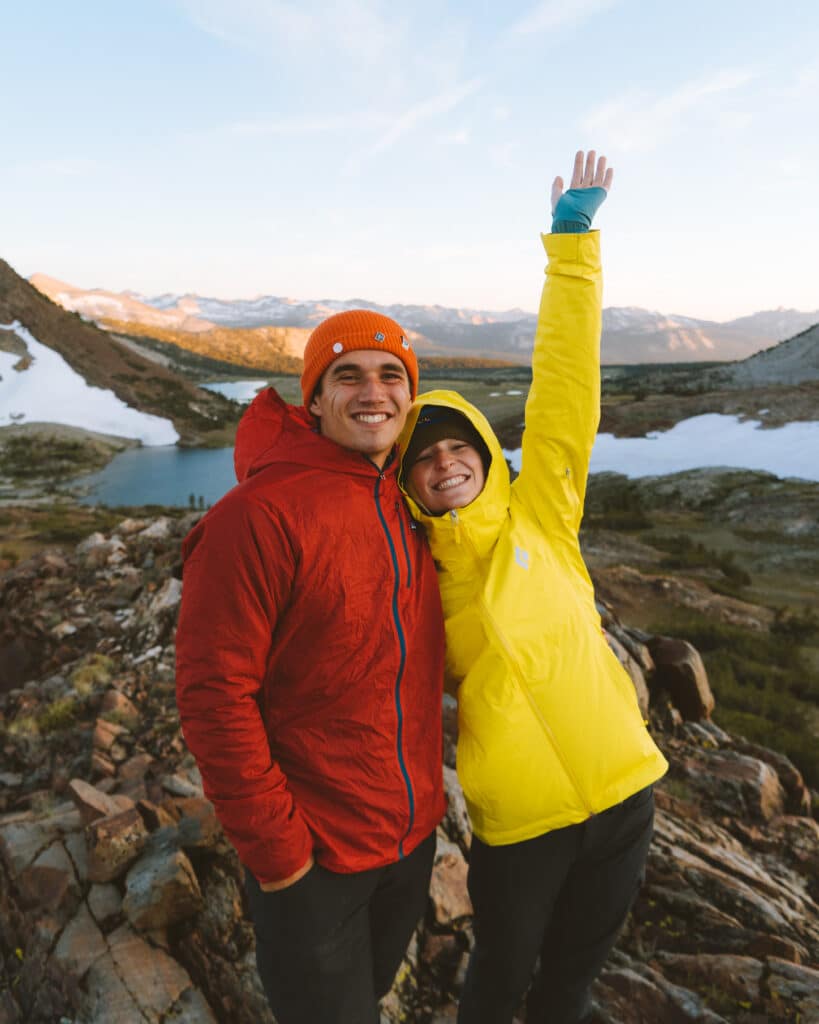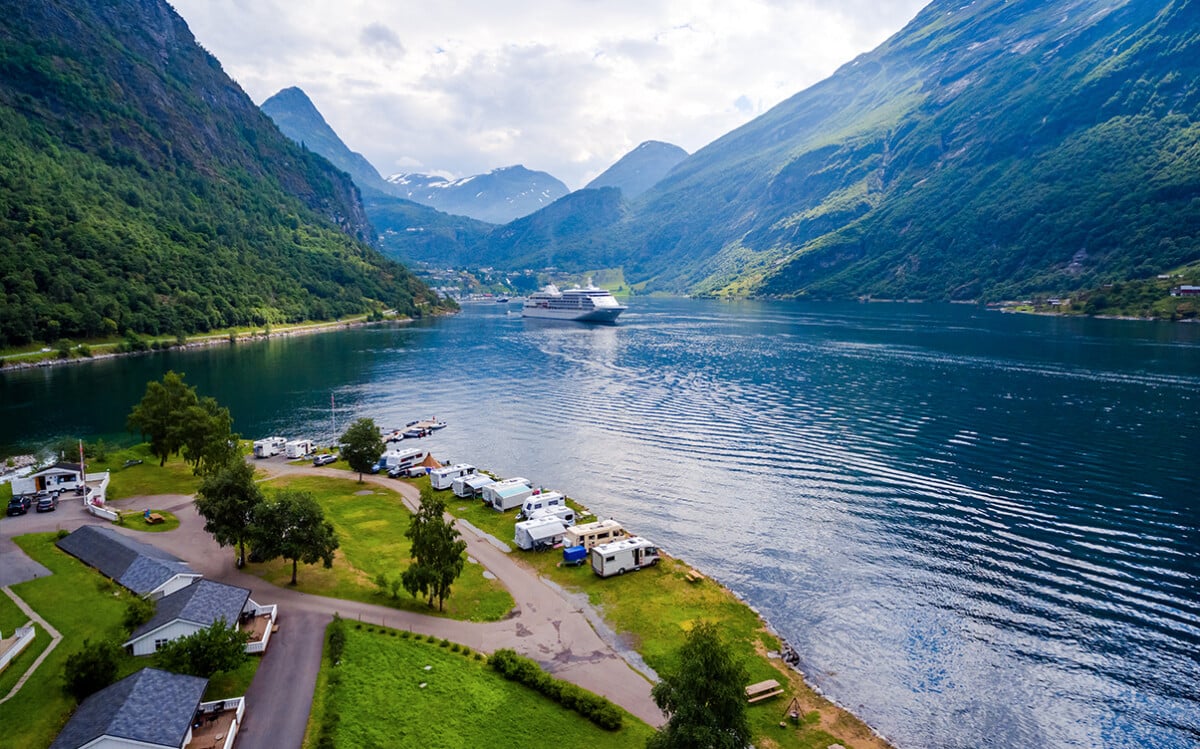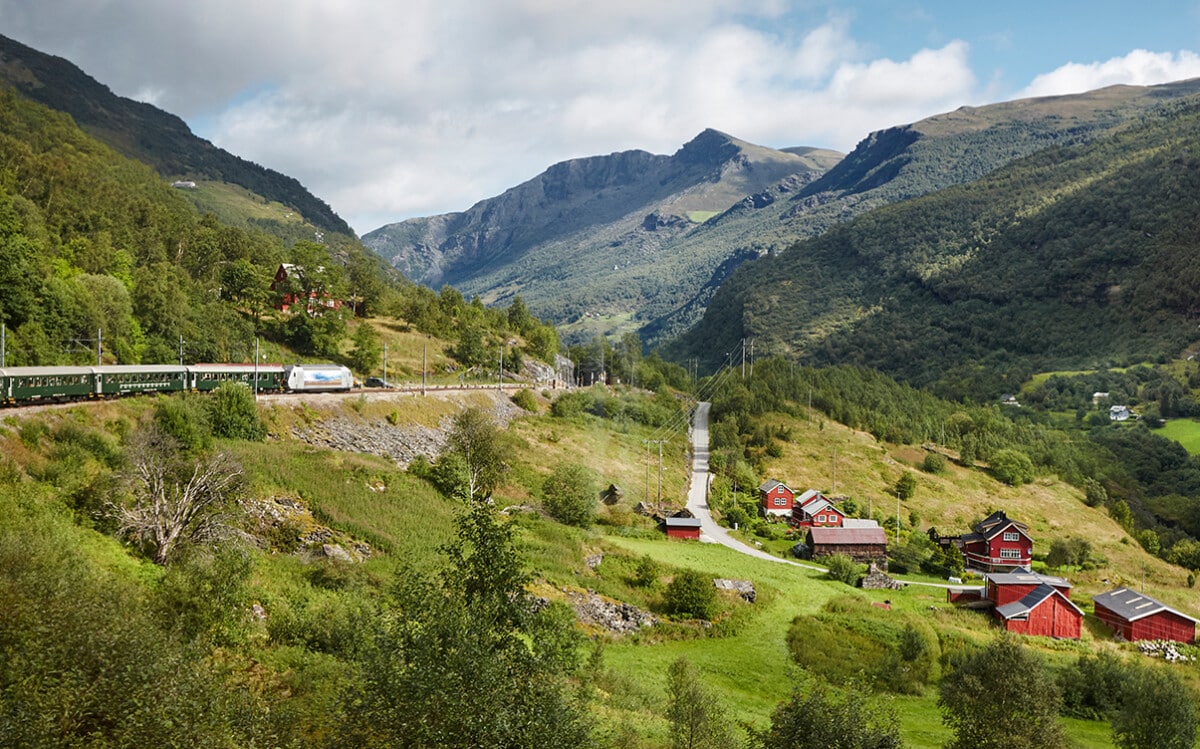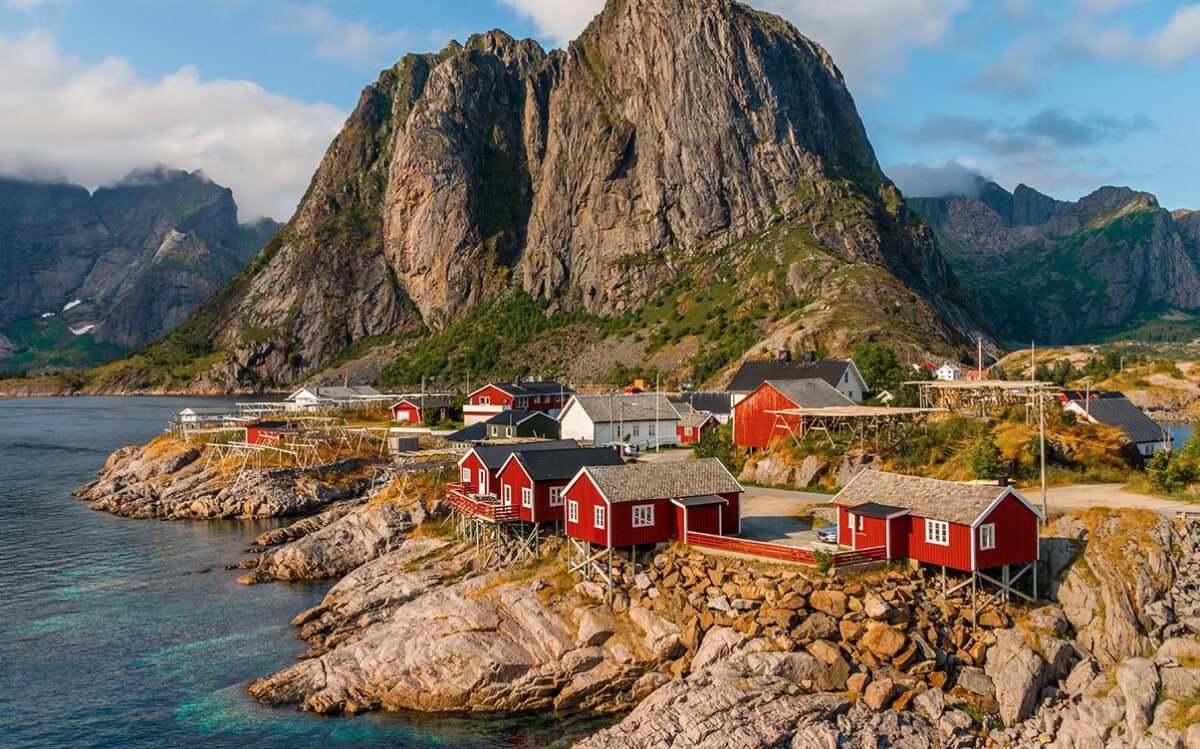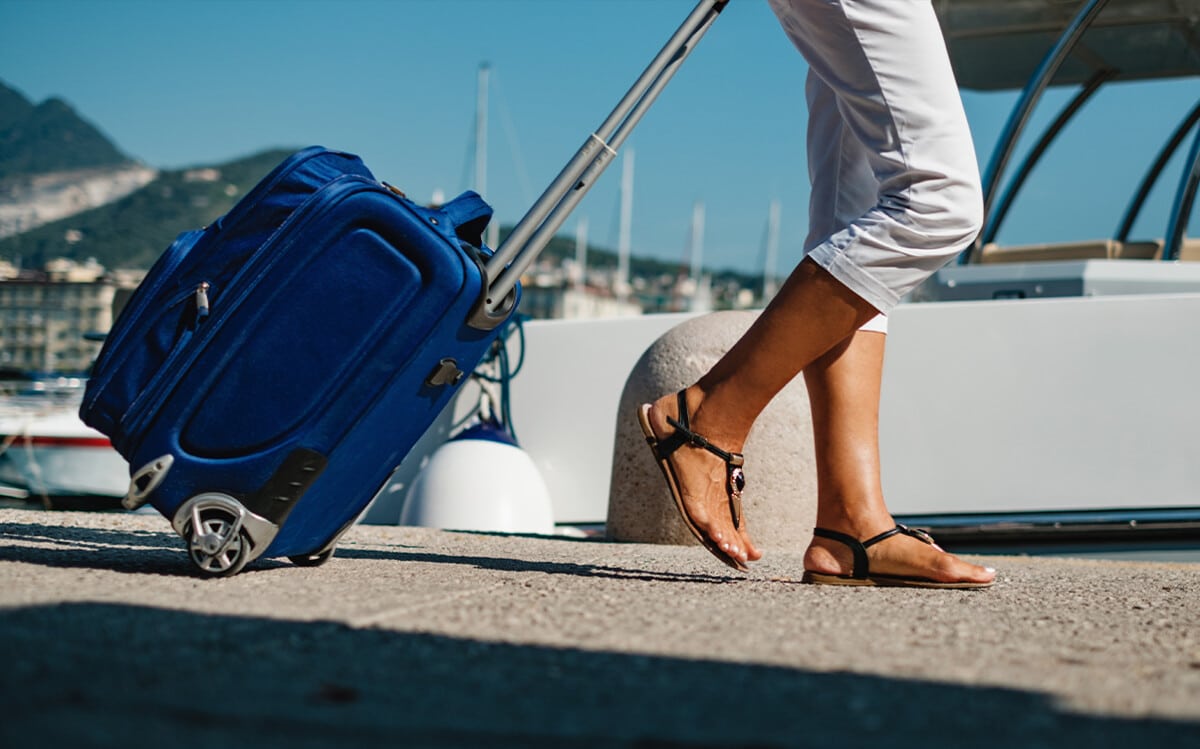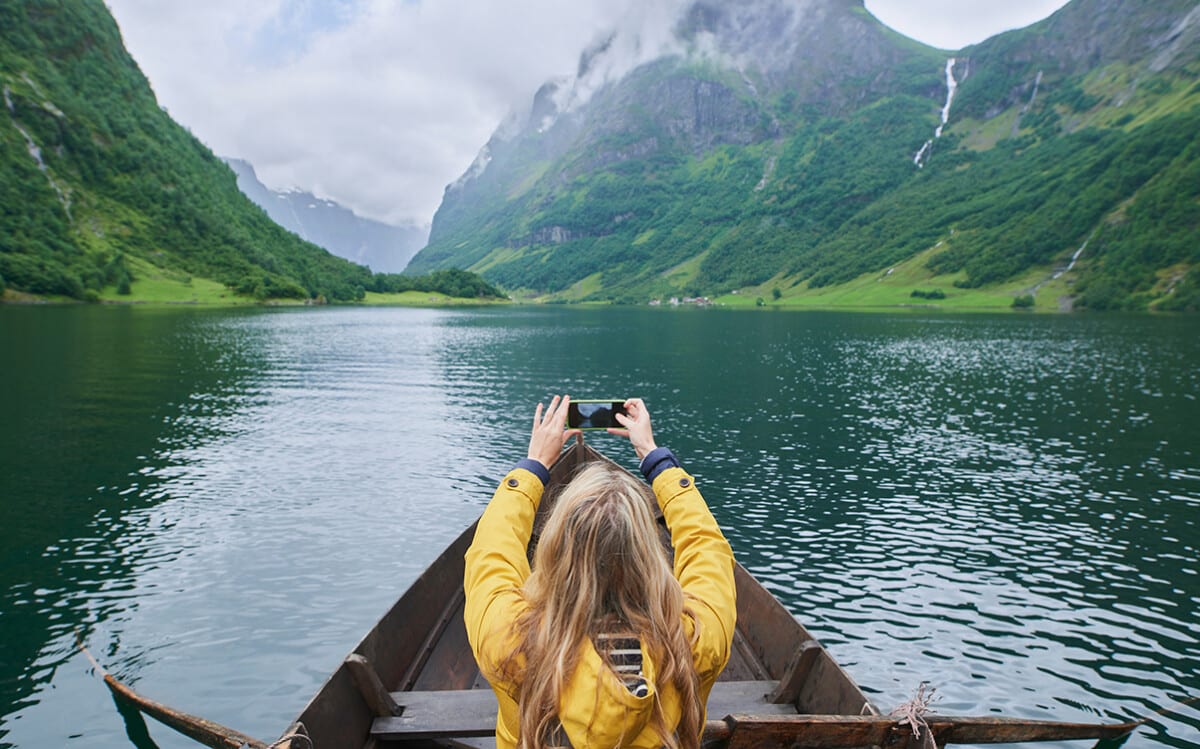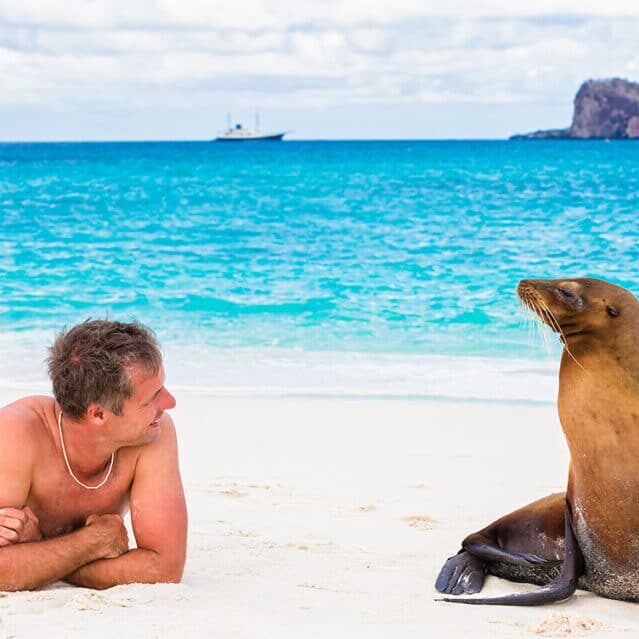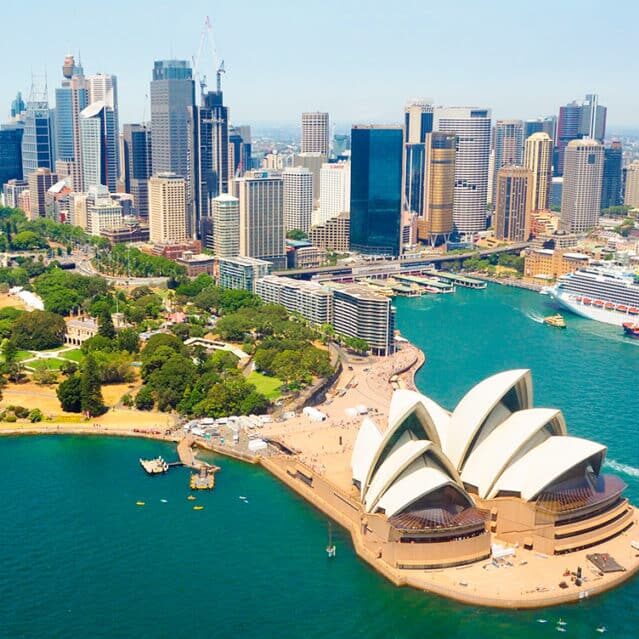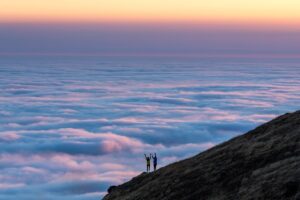A Traveler’s Guide to Norway: Everything You Need to Know
Disclaimer: This post may contain affiliate links. Please see our Disclosure Policy and Advertiser Disclosure for details.
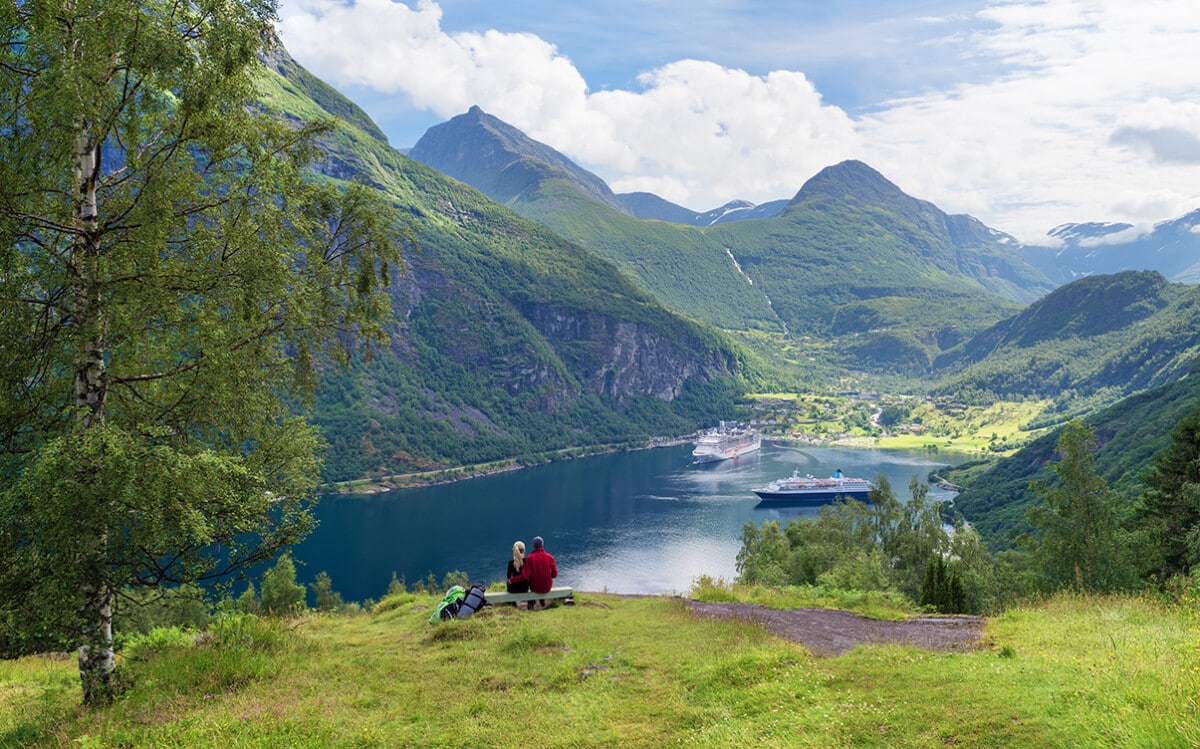
Norway is a beautiful, stark, and incredible experience to visit, whether you’re sticking to the cities or trekking out into the wilderness. From the Fjords to the clubs, there’s something for everyone in Norway. Which makes sense, after all; it’s a whole country with everything anyone who lives there could need.
If you’re interested in visiting, though, what should you know before you book a trip?
What Are the Top Things to Do in Norway?
Norway is packed full of things to do, so there’s enough to fill even the longest itinerary for the most seasoned adventurers. You can easily spend a whole month just hanging out in Oslo and exploring nature nearby, or you can do a whirlwind tour of all the best sights across the country.
For new tourists to the country, though, what are the top things to do?
- Check out the fjords. The geographic feature that makes Norway unique amongst countries in the world, the fjords are an incredible and impressive sight. There are quite a few of them scattered around the coastline, and you have your choice of ways to experience them. Consider a hike, a kayak, a guided cruise, or even a helicopter tour.
- Hit the cities. Norway has a few larger cities that attract most of the tourists for various reasons. We’ll list the best ones below, but the names to keep in mind are Oslo, Bergen, Trondheim, and Tromsø.
- Hike to Preikestolen. Also known as the Preacher’s Chair, Pulpit Rock, and other variations, this is a gorgeous steep cliff over 600 meters above the sea below. The nearly perfectly flat top makes it an incredible sight to see, and the views are breathtaking.
- View the Northern Lights. An international trip to view the northern lights is very likely going to list Norway as one of the top destinations to try. Our guide to viewing the northern lights has plenty of tips and information on where, when, and how to get the best possible views, so check it out.
- Camp out! Norway has bustling hubs of civilization, but it’s also absolutely covered with backcountry forests, national parks, and a wide range of campgrounds to suit adventurers of all skill levels. Whether you want to rough it with a backpack of supplies or drive in with a camper, there are gorgeous destinations waiting for you all throughout the country.
Of course, all of this is only scratching the surface. Norway is a large country with a ton to do, from cultural museums and landmarks like the royal palace to a huge array of outdoor activities, including some of the best skiing in the world.
Top Things to Know about Visiting Norway
There’s a lot you might want to know about Norway before planning a visit, and it can impact your plans, your timing, and your expectations.
Norway has a public image of being a chilly, snow-covered wonderland, and while that’s certainly true for a good portion of the year, it’s not universally true. The southern regions of Norway aren’t actually much further north than the UK and further south than Iceland. Visiting in the summertime gives you plenty of opportunity to experience the country free of snow.
Most Norwegians are at least moderately fluent in English. Amongst all the European countries to visit, it’s one of the least likely to cause a language barrier. It’s especially fantastic for tourists visiting the cities; even knowing nothing of Norwegian, you can still navigate and converse just fine.
For those of you who love backcountry adventures, free-range camping, and the general concept of “roughing it” out in the wilderness, Norway can be an excellent place to immerse yourself in the wonders of nature. Like many European countries, Norway has a “Freedom to Roam” law, which allows you to hike, explore, and camp pretty much anywhere. There are a few caveats, though:
- You should stay at least 150 meters from any inhabited building, van, camper, or cabin.
- If you want to stay in any one place for more than two days, you need to ask the landowner for permission unless it’s very remote.
- Some areas are marked as no camping zones, either for certain times of year or all year round. Know the area before you pitch a tent.
- You’re not allowed to make a campfire between April 15 and September 15 to reduce the chances of wildfires. There may be special permission for some places, but you need to check in advance.
- Know how to stay safe. A lot of the deeper backcountry in Norway can be starkly beautiful, but it’s also easy to get lost, injured, or confronted by wild animals. Know what you’re getting into and how to get out of it.
- Always, always, always practice the policies of Leave No Trace. It’s respectful, it minimizes your impact on nature, and it ensures that you won’t cause problems or get into trouble on your trip.
You can read a whole lot more about Norway’s laws, the Right to Roam, and the rules you should follow on their official page here.
When is the Best Time to Visit Norway?
You can visit Norway any time of the year. Depending on where you want to go, though, you may find some options are more limited, more difficult, or completely cut off.
The further north you want to go, the more you need to be aware of not just the weather, but the light. Far to the north, in the Arctic Circle, the tilt of the earth itself means that the sun is either always – or never – visible. It’s a fascinating experience, but it can be disconcerting and, for some people, can even lead to small health complications as their circadian rhythms try to adjust to a lack of a cycle. Whether it’s 24-hour sun or 24-hour darkness, it can be a lot to adjust to.
For most people, the best time to visit Norway is going to be the summer months: June, July, and August. The weather is temperate and pleasant, there won’t be much rain, and the full bloom of nature all around will be a wonderful experience.
If you don’t mind cooler weather, a little higher chance of rain, and overcast conditions, but a more open and less packed experience, the months surrounding summer are better. Late April and May, or September through early October, are good times to visit to beat the crowds if you don’t mind a little more chill in the air.
It’s definitely important to remember that the later you go, the more likely you are to run into shorter days and closed attractions. Some hiking trails close down for the winter, and unless you’re experienced with winter camping, you probably aren’t going to want to go out to rough it in the backcountry.
What to Bring on a Trip to Norway
As with any adventure, especially an international one, what you bring depends on what you plan to do. If you plan to go camping, you need all of your camping gear and outdoor supplies. If you’re spending your adventure in Oslo and operating out of a hotel, you have a lot more flexibility and don’t need to bring as much gear.
The internet abounds with guides on what to pack for a trip to Norway, so feel free to find one that best matches your goals for your adventure.
In general, though, think about:
- Appropriate clothing for the climate. Remember, the further north you get, the colder it will be, and the sooner it gets cold. Even peak summer doesn’t get too hot in Norway, too. Rain, snow, sunshine; you can experience it all in Norway, so pack the right gear to protect yourself.
- Don’t forget about the sun. Sunscreen and other forms of sun protection are a must if you’re planning outdoor adventures.
- Get good shoes. One of the most important rules in life is to always invest in what comes between you and the ground. That means tires on cars, mattresses on a bed, and the shoes on your feet. This goes double if you plan to hike.
- A good water bottle. Norway’s water is extremely clean, and while you probably aren’t going to want to bottle up a stream next to your campsite without precautions, the tap water is brilliant. You aren’t going to be limited to buying bottles of water your whole trip.
- A good pack. Whether you’re just wandering around Bergen or hiking through the mountains, a good backpack can make all the difference.
This just scratches the surface, obviously. Pack for your needs, pack appropriately for the weather and the destination, and adjust your list as you go.
How Much Does Visiting Norway Cost?
One of the greatest downsides to a visit to Norway is that it’s relatively expensive as a destination for world travelers. The Norwegian Krone, or NOK, obviously varies in value compared to the USD, but it’s often around 9-10 cents. That is, $1 USD is around 9-10 NOK.
With that in mind, consider the pricing of everything you’re doing. Many of the lower-end hotels (which are still quite nice, don’t get us wrong) are around 800-1,200 NOK per night. That’s assuming you can book early; since Norway is such a popular destination, rooms can fill up fast, and those left are sold at a premium.
Food is also fairly expensive for what you might expect. Norway has a thriving seafood industry, so the bulk of the cuisine you’ll experience will likely be some form of fish or crab. It’s all very delicious but pricey. Moreover, anything that Norway has to import will be pricier.
Overall, depending on your expectations for a trip, you should expect to be paying anywhere from 700 NOK to 3,000 NOK per day for your trip. The lower end of that range is for people going on backpacking trips, spending time on free activities like hiking, and generally minimizing expenses. The higher end is for folks planning to stay in mid-range accommodations, do more guided tours and paid activities, and eat out for all their meals. Of course, there’s always a way to spend more money on more luxury, so the sky’s the limit for a budget.
What Are the Risks of Visiting Norway?
The biggest risk of Norway is the same as any “exotic” destination: trying to cram too much into too short a time and not leaving yourself the room to breathe, engage with the world, and experience life in the country. Far too many tourists plan a trip with an itinerary that fills up every waking moment and end up leaving most of their memories behind as they care more about schedules and time constraints than they do the moments themselves.
Norway is one of the more laid-back and chill – pun intended – countries you can visit anywhere in the world. Plan a few major sights to see and destinations to visit, but leave yourself plenty of flexibility to account for adjustments to your circadian rhythm, the weather, the trip itself, and unexpected possibilities for events and destinations.
The second biggest risk of visiting Norway is reflected in the annual surveys that show Norway as one of the happiest, healthiest populations in the world. What is it? Well… you won’t want to leave. Of course, immigration to Norway is entirely possible; you just aren’t going to accomplish it by overstaying on a vacation.
There are also some of the usual risks of any society and any city; beware of the occasional pickpocket, especially in touristy areas. Do what you need to protect yourself from the kinds of people who might wish you ill. That said, you don’t have to worry about random street violence or rough areas; Norway is one of the safest countries in the world. Trust your instincts, get travel insurance, and protect yourself with good habits like smart drinking (if you drink) and keeping your valuables and documents hidden and protected. You know, standard adventurer stuff.
Have you ever visited Norway? If so, do you have any tips we’ve missed? Feel free to leave them in the comments; we’d love to hear from you.
You may also enjoy:
